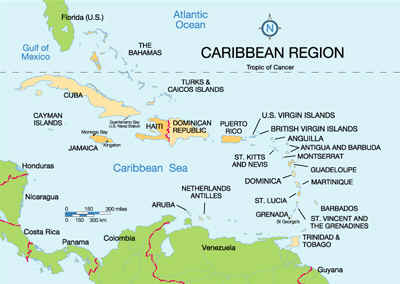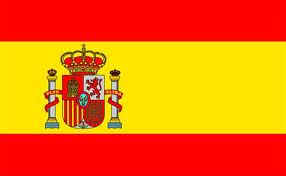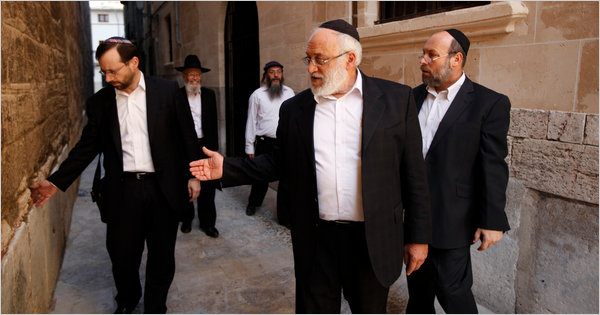|
The following morning, on
February 23, the onslaught resumed before the sun had even risen. Forty
SUVs swarmed the local police station. Armed to the teeth, dozens of men
descended and forced their way in, taking every one of the officers,
confiscating files, radios, and weapons. Then they scattered about town,
setting houses on fire. Word spread that they were kidnapping dozens of
people, perhaps entire families. It took more than three hours for the
military to respond, and when soldiers finally confronted the men, bodies
fell on both sides.
As
people would come to tell it, that was the day, one year ago this month,
when the war began. Thirty-five days before, 63 miles away, one man
had killed another in the border city of Reynosa, and now it was raining
fire. The murder was the culmination of more than a year of tension
between the Gulf cartel and Los Zetas. Although the Zetas, originally a
group of deserters from the Mexican armys special forces, had begun as
the enforcement arm of the Gulf, they gradually gained clout after 2003,
when the Gulfs leader, Osiel Cárdenas Guillén, was arrested. By 2008,
they were an organization in their own right, operating alongside the Gulf
in an alliance known as the Company. While both groups held ground in the
larger cities, the area around Mier became more tightly controlled by the
Zetas. Then the tension exploded. The man who had been killed in Reynosa
was a plaza boss for the Zetas, managing the flow of drugs through the
city. The Zetas demanded the killer, but the Gulf refused. That is how the
war began.
After
the explosions subsided, Mayor José Iván Mancillas Hinojosa phoned the
governor of Tamaulipas and begged for help. But the reinforcements would
take nine months to arrive. The state had been embroiled in conflict ever
since President Felipe Calderón, who had declared war on the cartels
immediately following his inauguration, in 2006, had unleashed the marines
on the Gulf and the Zetas. But now it became a three-way battle that would
bring Tamaulipas to its knees. The same days that Mier was attacked by the
Gulf last February, the cities of Reynosa and Nuevo Laredo and the towns
of Valle Hermoso, Díaz Ordaz, Camargo, and Miguel Alemán all experienced
terrifying gun battles. Over the next months, decapitated and dismembered
bodies appeared hanging from trees and utility poles. The severed head of
a state police commander was delivered to a military post. Banners were
strung in which the Gulf cartel exhorted the government to step aside and
allow them to wipe out the Zetas, since poison can only be combated
with poison.
For
the average resident in Mier whose life was not directly touched by the
drug trade, the Zetas and the Gulf cartel were one and the same: Los Malos,
the Bad Ones. But now Mier became a battleground between the two.
Throughout that spring, summer, and fall, the townspeople would have to
withstand more gunfights, each lasting six, seven, eight hours at a time.
The police station was bombed. The buildings became so severely scarred by
repeated rounds from AK-47s and heavy-caliber rifles that they began to
look like sieves. Then, on November 5, in Matamoros, marines tracked down
one of the Gulfs top leaders, Ezequiel Cárdenas Guillén, a.k.a. Tony
Tormenta, and killed him. The Zetas saw an opportunity to regain the upper
hand in Mier. The same day that Cárdenas fell, word spread that the Bad
Ones were out in the streets, shouting for all Mierenses to leave town or
be killed. Of the families who remained, hundreds panicked and fled,
leaving behind only those who were too frail to move.
Those
who had visas crossed into Texas. Others crowded in with friends in nearby
Miguel Alemán, where the mayor set up a temporary shelter in the Lions
Club for some five hundred people who had no place to go. Relief aid
trickled in. Then the journalists came, Mexican and American, and wrote
stories that described the shelter as the first for drug war
refugees in Mexico. On November 20 the Wall Street Journal
suggested that Tamaulipas was a failed state.
This
was a public relations disaster for the federal government, which was
still reveling in the killing of Cárdenas. Its strategy of targeting
cartel leaders had once again unleashed a wave of violence, and it had no
plan for containing the resulting unrest in Mier and across Tamaulipas. So
four days later, officials announced a new mission, dubbed Coordinated
Operation Northeast, which would finally send additional troops and
federal police to the state (and to neighboring Nuevo León, where the
Gulf and Zetas were also fighting). It had taken them three weeks to
respond to the mass exodus of Mier, a town of 6,500 citizens. But just
five days after the reinforcements arrived, a spokesman for Calderón
declared that crime in Tamaulipas was down by almost half. Then came the
order to shut down the shelter, since, according to the government, it was
safe for the Mierenses to go home.
Although
Mier is a few miles from the Rio Grande, it has no twin city on the
Texas side and no international bridge. To get there, you cross upriver at
Falcon Dam or downriver at the Roma toll bridge and proceed along Mexican
Federal Highway 2, which parallels the border. The drive takes less than
fifteen minutes from the crossings, but it can quickly feel desolate. They
call this region La Ribereña, land of the river, a long,
narrow strip of territory bound by the highway and the Rio Grande and
running from Nuevo Laredo down to Matamoros and the Gulf of Mexico. The
150-mile stretch between Nuevo Laredo and Reynosa is more affectionately
known as La Frontera Chica, the small frontier. The four towns along
itGuerrero, Mier, Miguel Alemán, and Camargoare small in population
but rich in history. Along with Nuevo Laredo and Reynosa, they form the
cradle of the borderlands: More than 250 years ago, when the river was not
yet an international boundary, Spanish colonizers founded three of the
towns (Miguel Alemán came later), and the newly landed families dispersed
north and south. Today all the longtime Mexican American families of South
Texas can trace their roots to one of these settlements. Yet the vastness
of the area, its proximity to the international line, and the rugged and
desolate terrain make it a prime spot for drug smuggling. Most of the
drugs that enter South Texas come through here; once on American soil,
they get transported up to Laredo or down to McAllen, then stuffed into
hidden compartments in cars and trucks or mingled with legitimate goods in
tractor-trailers and rolled out north to an insatiable market.
In
early December, a day after the shelter had been shuttered and the
families had supposedly returned to Mier, I visited the town with a friend
whose ancestors were from there. I had already looked at photos of the
scorched buildings, the pockmarked walls, the charred hulks of trucks, the
shattered windows everywhere. But seeing the entire landscape of
devastation in person left me speechless. I had reported from Nuevo Laredo
in 2005 and Ciudad Juárez in 2009, when each border city was considered
the most unstable in Mexico due to drug violence. Yet Mier was the first
place Id seen that embodied the true meaning of war. As we drove
into town, dozens of soldiers stood guard at a checkpoint, some of them
hiding behind piles of sandbags with mounted rifles. No signs of normal
life remained, even on a sunny Saturday at noon: On the surface, Mier
appeared all but empty. Occasionally a car or pickup truck rattled down
the desolate streets, breaking the silence. Up ahead of us, two soldiers
waded through knee-high weeds that had sprouted in a lot where only the
blackened skeleton of a building remained.
Turning
down a side street, I glimpsed a flash of life. Two older women were
hunched over, vigorously sweeping the ground outside their house, which
stood between buildings that had been ravaged by fire. I rolled down my
window and asked for directions to the main plaza and whether it was safe
to drive there. I cant assure you of anything right now, one of
them replied. I told her that we were looking for a friend of a friend who
lived there; the woman recognized the name, but she informed us that the
person had left town months before. I said that we were journalists and
asked if she might let us inside her home to chat. She seemed to frown, so
I started to explain that I didnt want to be seen with my notebook, but
a military convoy rolled by just then and slowed to a crawl, the soldiers
eyeing us suspiciously. The woman motioned for us to park and follow her
inside.
She
was in her fifties and had a solemn, self-restrained presence. Ill call
her Romelia. She quickly offered me a chair and a glass of water. The
other woman turned out to be her older sister, Lupita. Lupitas
daughter, Marta, also joined us, and then Lupitas husband, Lorenzo, and
their son. The five adults sat or stood around the kitchen and studied us
quietly. The room was small and immaculate, its brown floor tiles shining.
On the white plastic dining table, a corner altar remembered a niece and
nephew who had died too soon.
We
dont have anything to say, Romelia began, evidently fearful and
distrusting. The facts speak for themselves. Lupita agreed. She was
dressed in brown, knitted short pants, and her gray hair was pulled back
in a tiny ponytail. Words arent necessary, she said, in a deep,
commanding voice that belied her wiry frame. Youve seen the images.
The houses burned, the streets emptied out, the people leaving? Whatever
we have to say is irrelevant.
Despite
their initial hesitance to talk, a story gradually unfolded. This
particular familys misfortunes had begun when five SUVs pulled up
outside their home and the Bad Ones started to torch the house next door.
The family panicked, but the criminals stayed outside, leaving them no
escape route. Their only alternative was to hide and pray. They crammed
Lorenzo, the oldest family member, into a small closet. They could hear
the laughter of the men outside as the building was engulfed in flames.
Why had the house been targeted? The second floor was being expanded and
the garage sported an elaborate wrought-iron gatemaybe its owners were
involved in the trade and had ended up on the wrong side of the war. If
so, Romelias family didnt care, and they certainly didnt ask.
That was a commandment in border towns like Mier.
Hiding
soon became their way of life. Whenever shooting would erupt, everyone hit
the floor. The gunfire sometimes lasted for hours. The local police were
gone and the state police had pulled outthe city was defenseless.
Although soldiers from a nearby regiment occasionally patrolled the
streets, the criminals would return as soon as they left. And so Romelia,
Lupita, Lorenzo, and their families began to live with the rituals of war.
They locked themselves in by six every evening, having gathered enough
water to last through the night, because they knew the citys water pump
was too dangerous for work crews to get to after dark. The violence always
felt as if it were inching closer. Even the dogs dont bark anymore
when they hear the shots, Romelia said. The animals hide.
More
than 100 people, perhaps as many as 140, had disappeared. (One story told
of a young woman who had been dating a trafficker; when the Bad Ones came
to get her, her parents clung to her in desperation and all three were
whisked away.) Both roads that led out of townHighway 2, along the
border, and Highway 54, heading to the industrial and commercial capital
of Monterreywere impassable: The criminals hijacked cars, sacked
tractor-trailers, and ambushed one another. The local economy was dead.
Americans had always come in the fall and winter to hunt doves and
white-tailed deer, but this year they had stayed home. Many of the
ranches, the regions largest industry, had been appropriated by the
cartels. (Statewide some five hundred ranches had ceased to operate.) Cows
were left to die; some of the ranchers who had risked visiting their
properties had never made it back home. Pemex, the government-owned
petroleum company that had reliably propped up the local economy with its
natural gas exploration, had pulled out all of its workers after some were
kidnapped. And dozens of businesses were shuttered: restaurants, hotels,
money exchanges, grocery stores, travel agencies, pharmacies, building
supply stores, phone companies, gas stations, health clinics, auto repair
shopsall of them had closed, having been ransacked, burned, or damaged
from gunfire. On the day I visited, only two small grocery stores and a
boot shop remained in business.
Families
watched their income dissolve. Marta had earned a living making cakes and
tamales for family banquets, but who was having parties anymore? Her
husband had worked as a welder, but who could afford security bars these
days? Jobless, she had sold her car so shed have enough money to move
temporarily to Matamoros, where she hoped to find employment. After
shed spent six weeks there, however, her father-in-law went missing
when he visited a ranch to sell some cows. Marta had returned to Mier to
be near her mother-in-law, who was slowly losing the will to live.
Weve been unemployed for nine months, she told me, exasperated.
She had hazel eyes and fair skin and was dressed in aqua-blue
sweatpantsthe same sweatpants she wore every day, she told me. When I
asked what the family was living off of, her mother chimed in, From the
food provided by the DIF [a federal assistance program] and our relatives
in the United States.
Lupita
had spent thirteen days in the shelter in Miguel Alemán, but she had felt
depression taking hold, and a doctor had diagnosed her with nervous
colitis. So she had gone back home to Mier. The family didnt have the
wherewithal to leave for another Mexican city, and crossing the border to
join their relatives in Texas would have required renewing their
border-crossing visas, which would mean proving their financial solvency
to the U.S. consulate and coughing up almost $200. It might as well have
been $2 million. They changed our life, Marta said, her eyes growing
wet. They changed our whole life.
Two
days later, safety would return, if only temporarily, when the streets of
Mier were flooded with one thousand federal police and army and navy
troops. They did not come to stay but to protect the governor of
Tamaulipas, Eugenio Hernández Flores, and the Mexican minister of the
interior, Francisco Blake Mora, who were visiting to determine what kinds
of interventions were needed. Although the population was down to about
one thousand, more than a hundred families lined the cobblestone streets
near the main plaza, which is graced on the south by the Church of the
Most Pure Conception, a gorgeous structure built in 1755, with a handsome
carved sandstone facade. The church had been one of the main reasons that,
in 2007, the Mexican tourism department had named Mier a pueblo mágico,
a magical town, because of its rich history and culture. These days
the joke was that the town was magical because of how easily people
disappeared.
After
a six-hour wait, the townspeople finally spotted a helicopter preparing to
land. The distinguished visitors boarded an armored SUV and took a short
tour of the wreckage before arriving at the main plaza. Handsome,
blue-eyed, smiling widely, and dressed smartly in a white shirt and black
designer jacket, the governor acknowledged the crowd. Behind him, in a
white windbreaker, the minister appeared somber, more reserved. The
townspeople contemplated the men respectfully for a brief moment. Then,
one by one, the voices that had been silent since February began to rise
from the crowd.
Every
family has a relative thats disappeared. Why did it take you nine
months to get here?
My son was killed and my husband is disappeared! We want
military vigilance! We want the soldiers to stay, but we want them
to defend us, not to hide in their barracks like they do every time the
shooting starts! Theres no security, but we also want work. There
are no jobs!
One
womans voice grew so hoarse from screaming that it was hard to make out
what she was saying: . . . living in terror during the night! . . .
We havent had water! The governor seemed unmoved by her cries;
he glanced at someone else and smirked. Minutes later, an elderly woman in
a pink shawl politely attempted to get his attention. My grandson,
she told him in a small voice. His pharmacy is closed. He doesnt
have any work. The governor scanned the crowd distractedly and said,
Yes, I can imagine.
A
local online news columnist would later describe the promises made that
afternoon with a penetrating world-weariness: Security as long as
necessary, credits for business owners, temporary jobs, ranching
subsidies, thorough investigation of disappearances, rule of law, the full
weight of authority, cooperation among the three levels of government,
frontal attack on organized crime, blah, blah, blah.
Romelia
and her family wanted these things too, and they hoped the government
would deliver this time. On the day I visited Mier, as we sat shuttered in
their small home, I had turned to Lupita and asked how long she and
Lorenzo had been married. Fifty years, she had replied proudly. They had
celebrated their anniversary on September 15, the same night that Mexico
had marked two hundred years of independence. She recounted how she and
Lorenzo had met in singing contests when they were young, how they had
fallen for each others voices. Then she offered to sing us the tune her
husband had performed the day he had won her heart.
She
grabbed a green plastic chair and pulled it up close to her old man, who
was resting his hand on a cane. He grinned broadly as she began the
melody, then immediately jumped in with a harmony, his raspy voice melding
perfectly with hers, as if they had never stopped singing. It was a
classic by José Alfredo Jiménez. As they sang, their voices filled the
room and spilled out onto the quiet street, and their grandchildren, who
had been playing outside, gathered around the screen door to listen.
What
a beautiful love
What a beautiful sky
What a beautiful moon
What a beautiful sun.
What
a beautiful love
I hold it dearly
Because it feels
Everything that I feel.
Copyright
© 1973-2011 Emmis
Publishing LP dba Texas Monthly. All rights reserved.
http://www.texasmonthly.com/2011-02-01/letterfromtamaulipas.php#
|
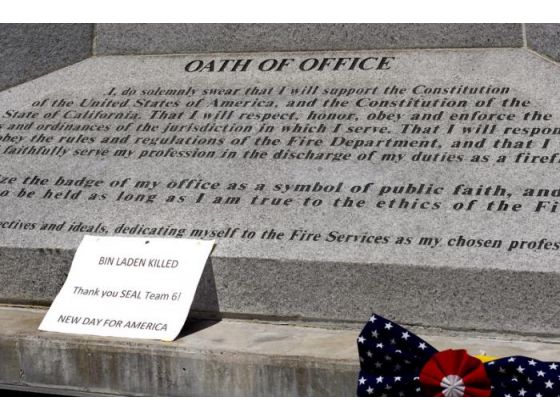

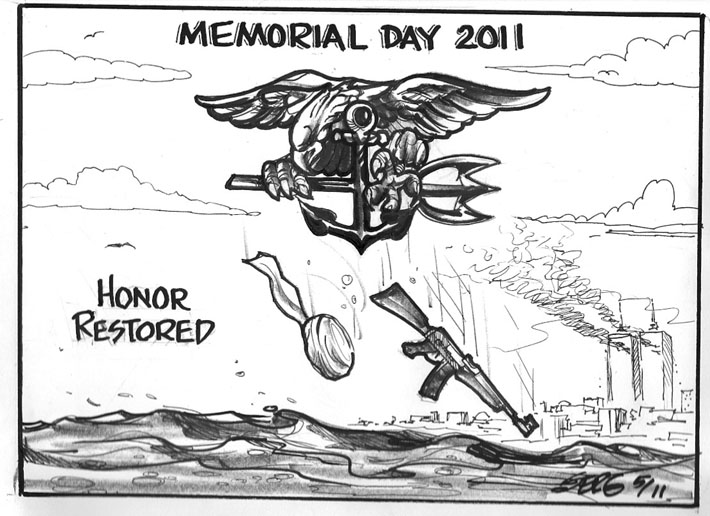
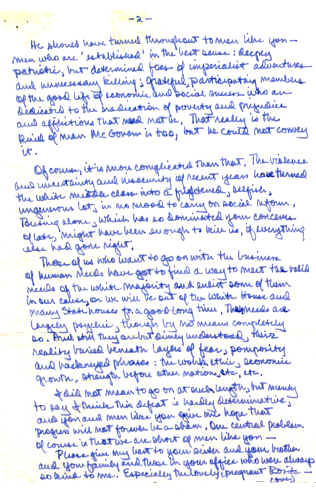
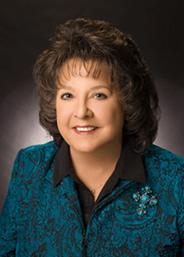
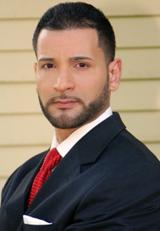
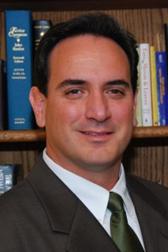
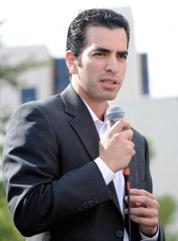
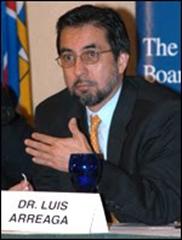
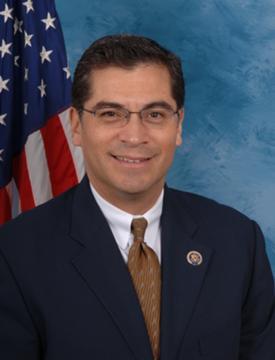
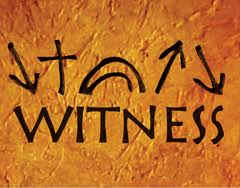


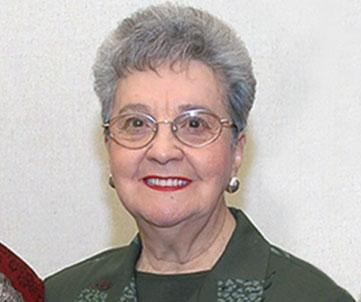
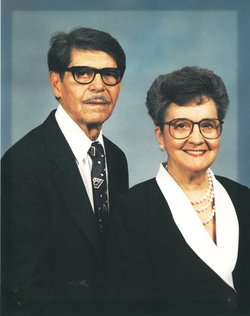

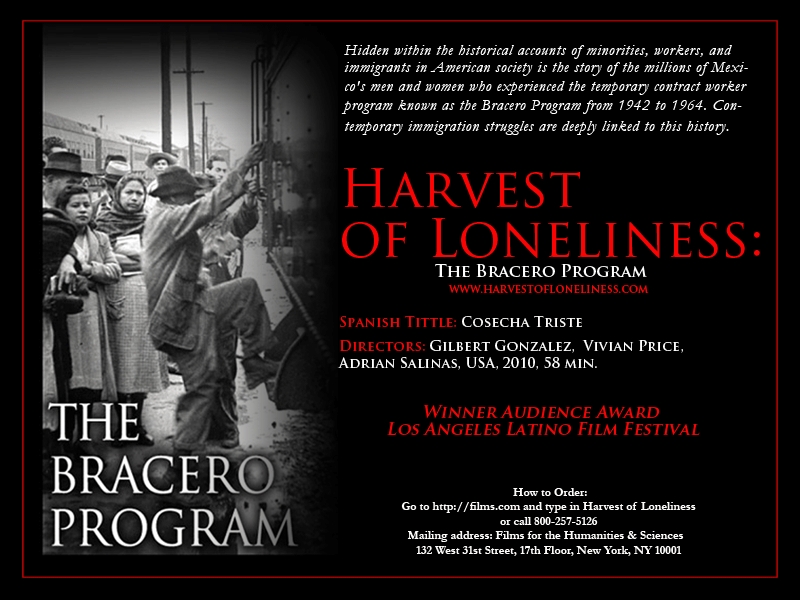
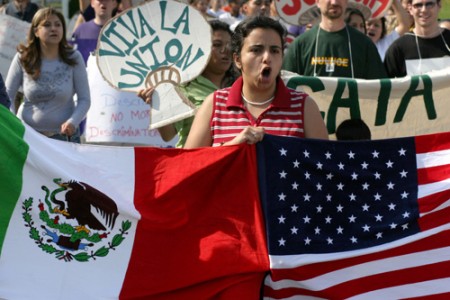

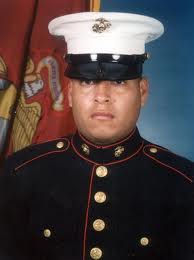
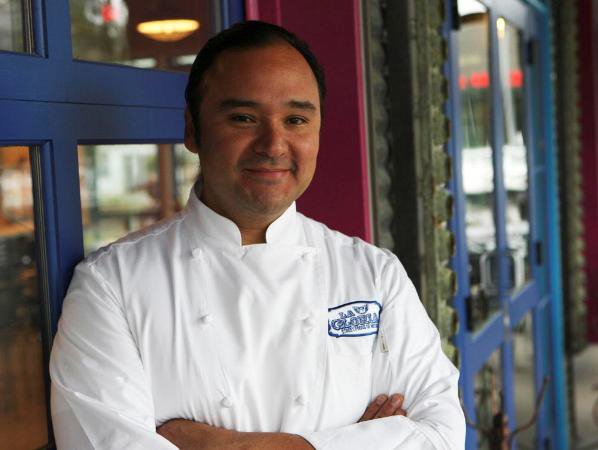
 The
companys press materials say the campaign is following national
Latino food trends
The
companys press materials say the campaign is following national
Latino food trends 



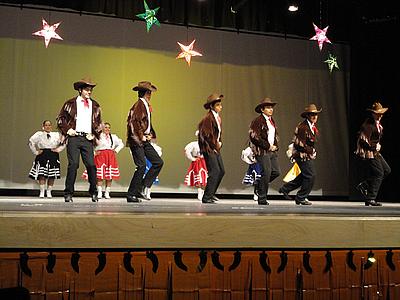
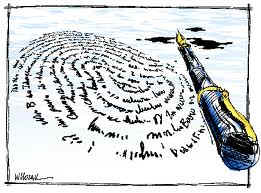
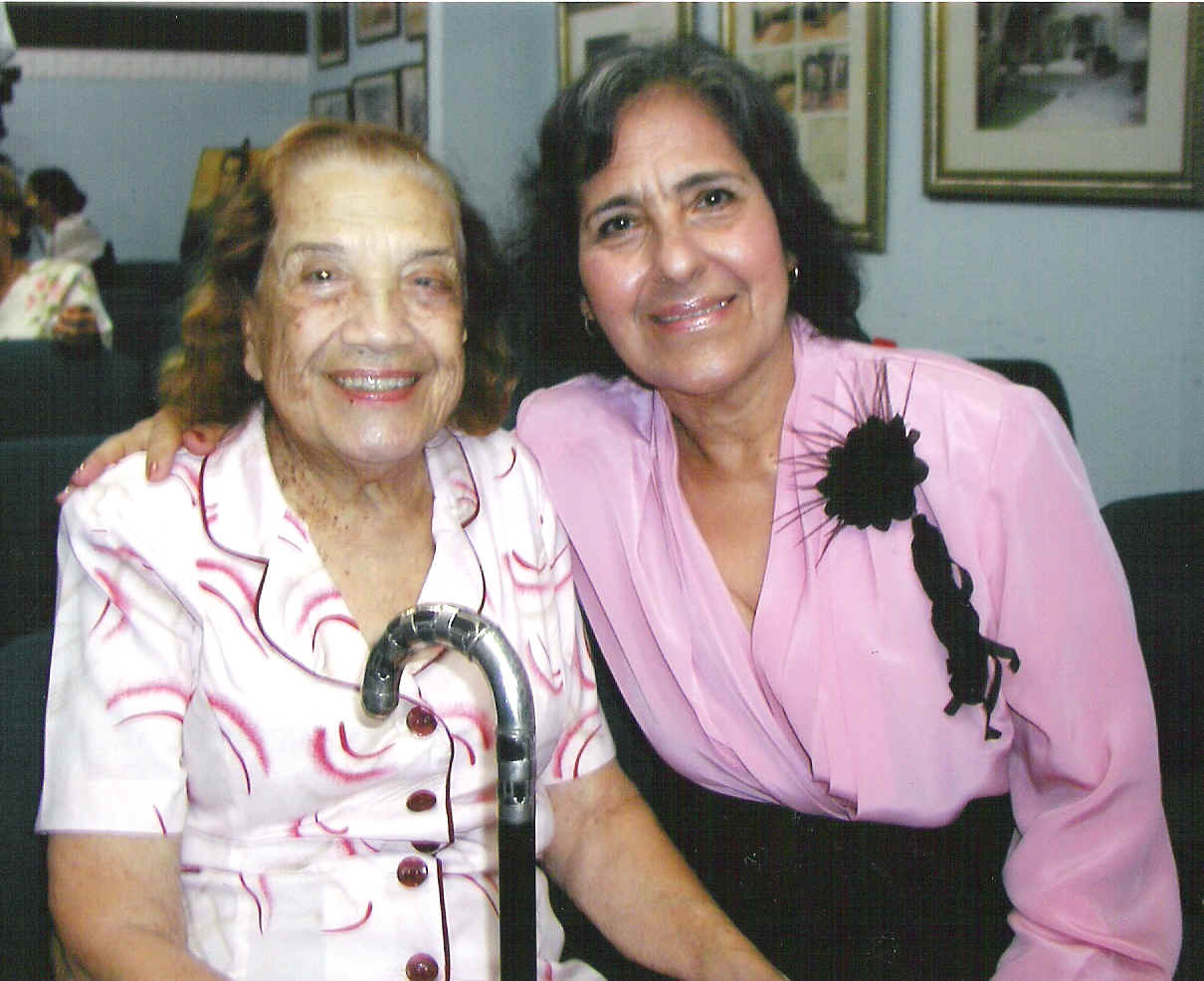

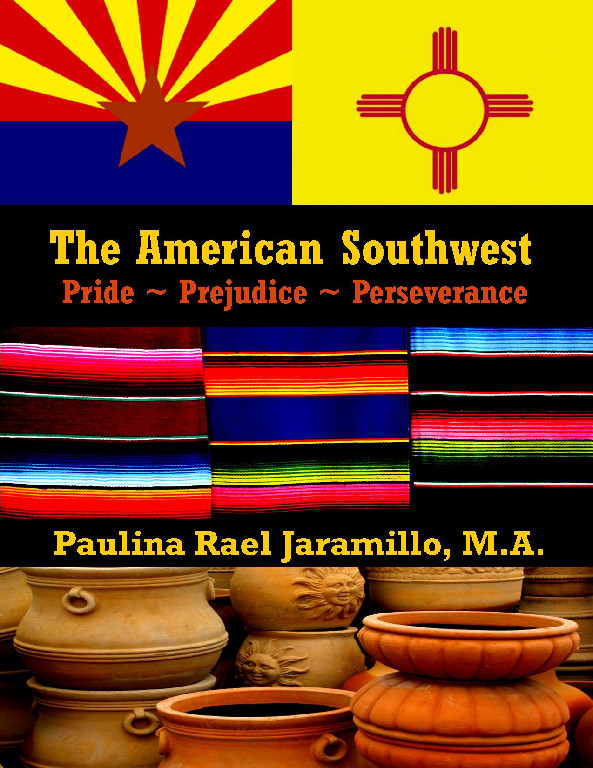
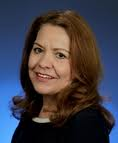
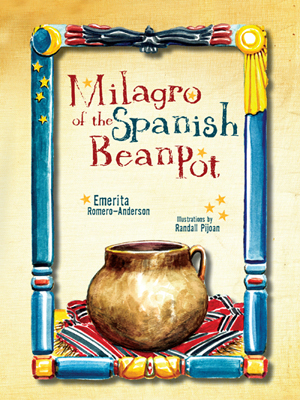
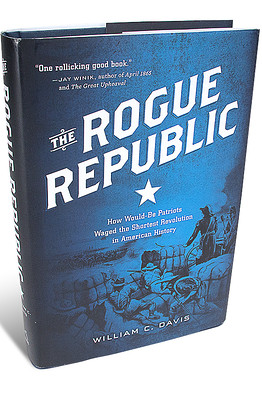
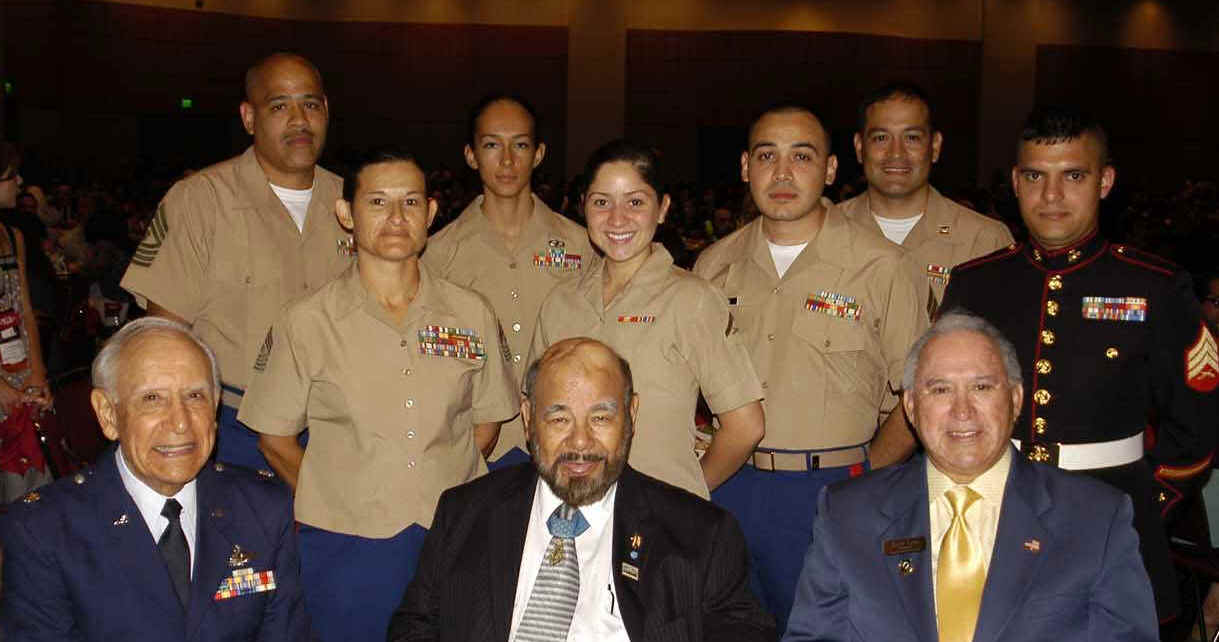
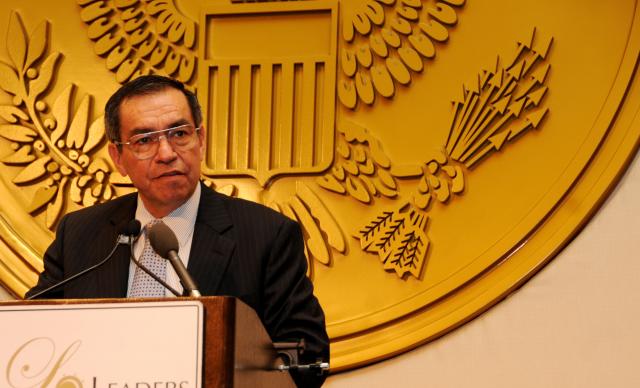







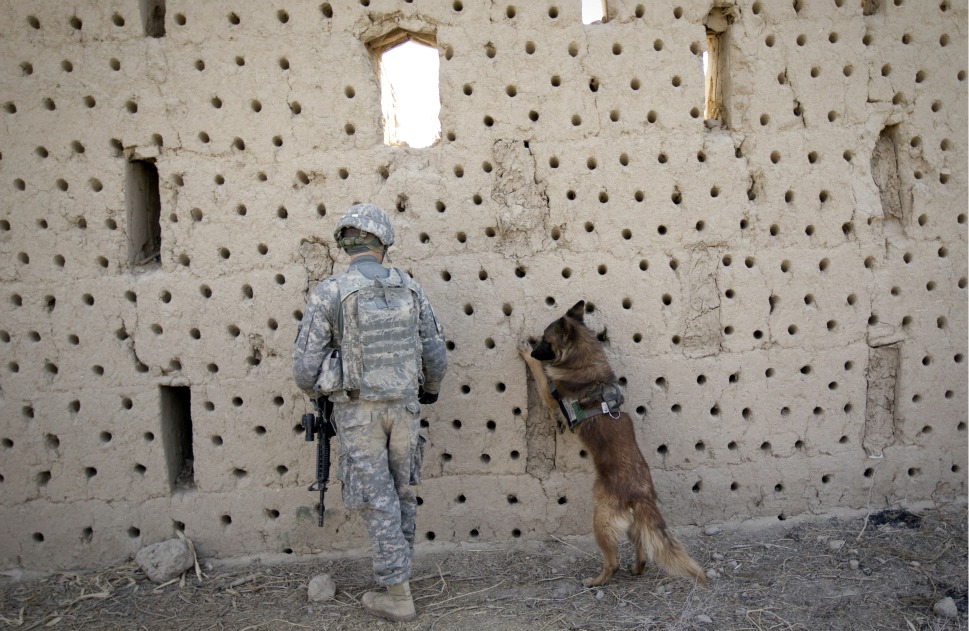


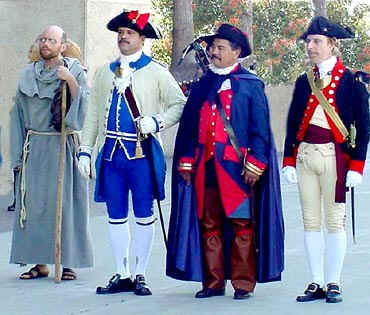

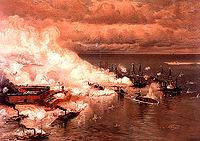





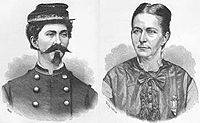


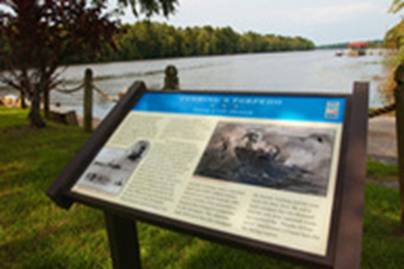
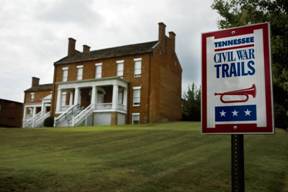
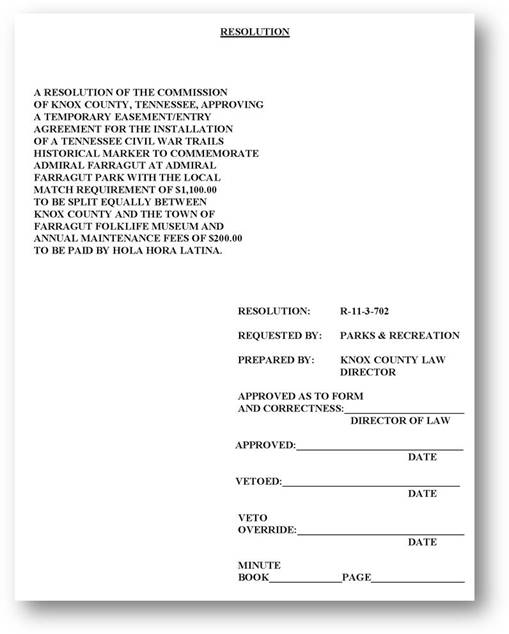

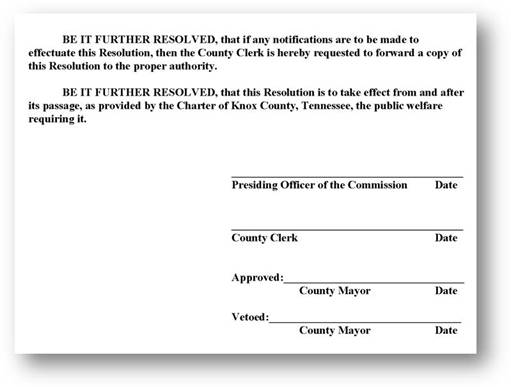
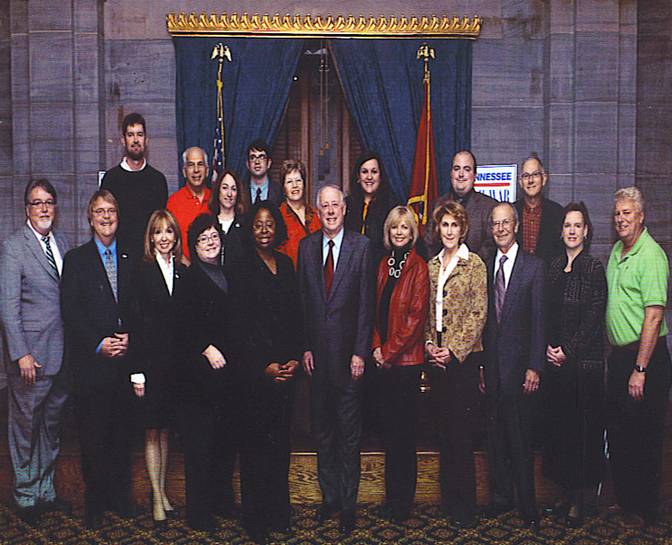

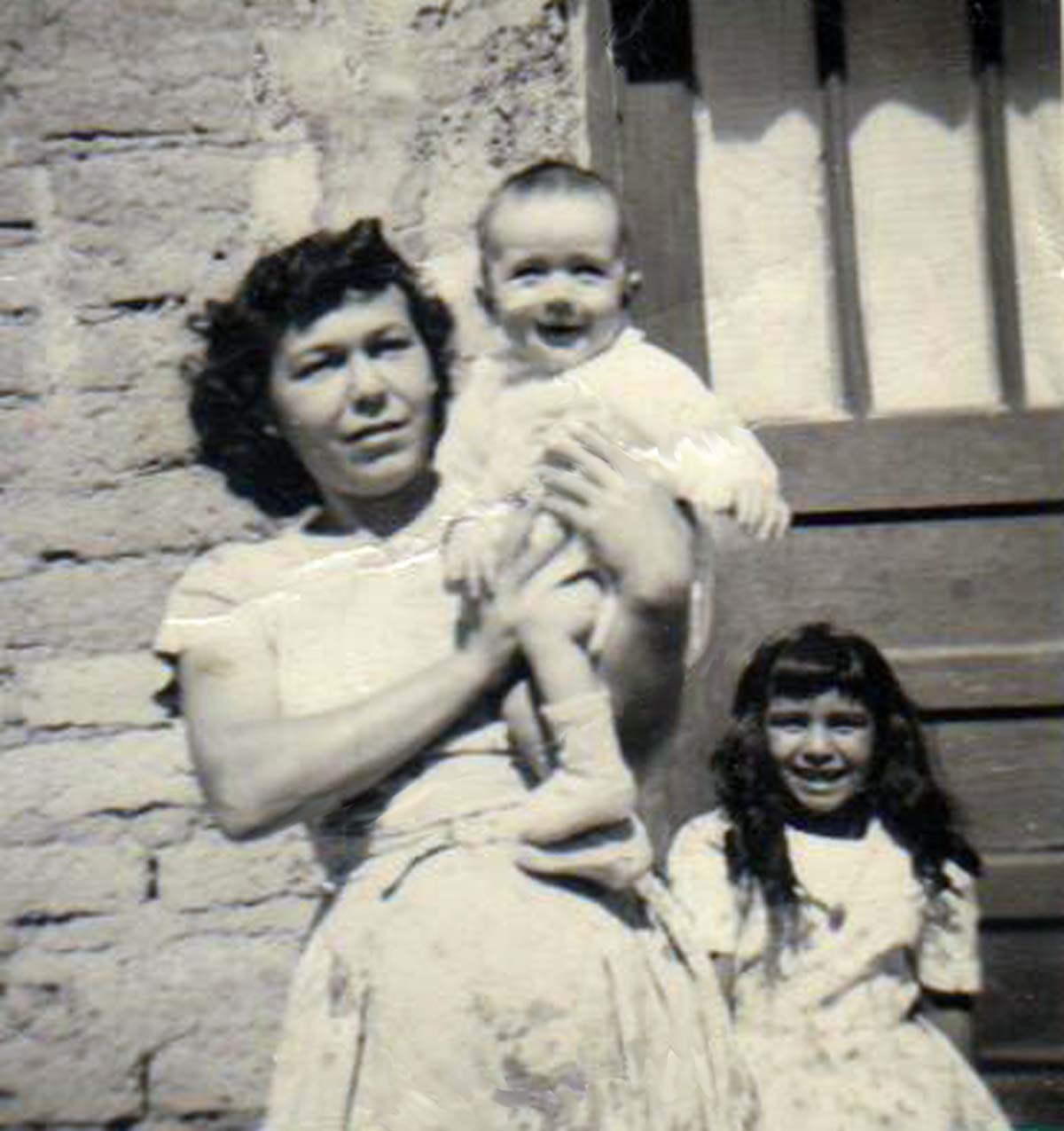


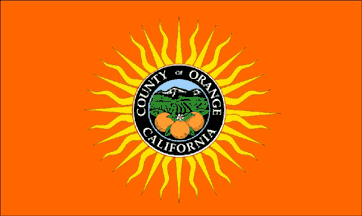
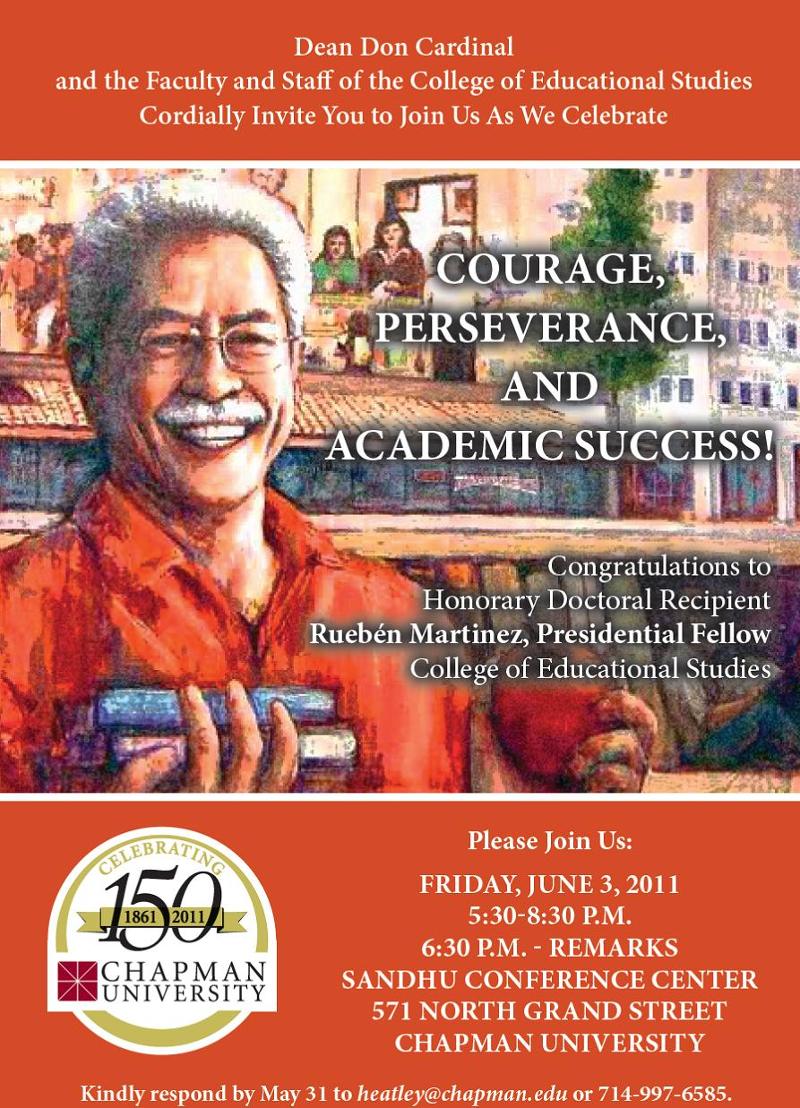
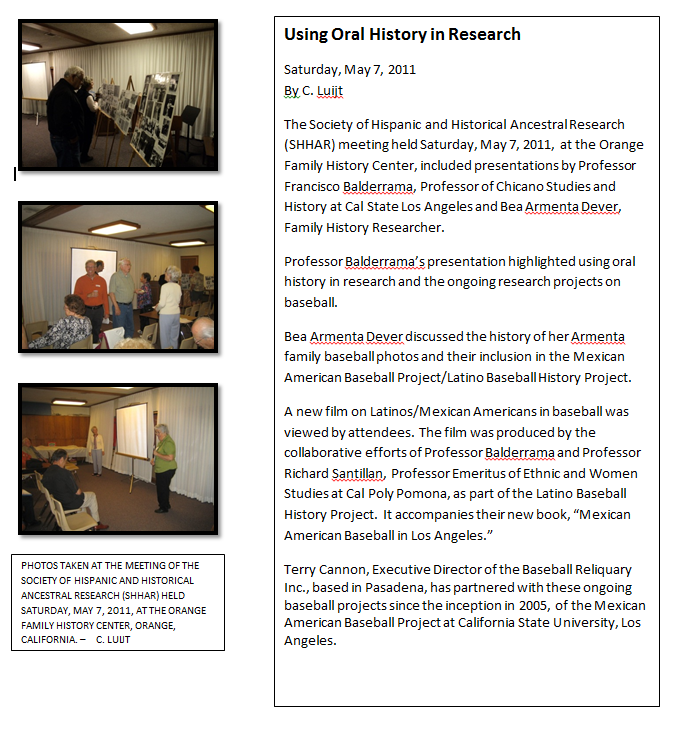
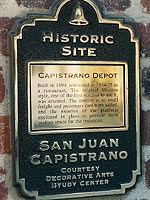
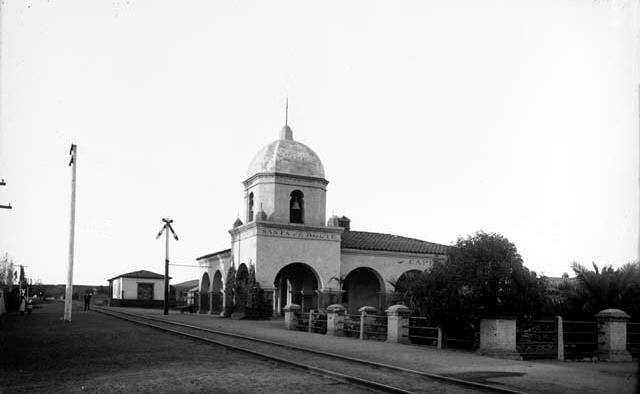
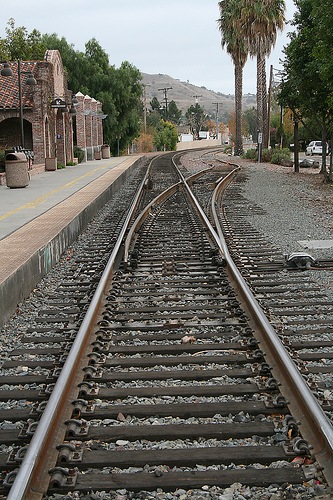 This
15-mile-an-hour lane is a strip of local history. It features a rough, large, open-air cube woven of flat strips of iron
that was used as a holding cell for anyone awaiting transport up county to jail. Beyond it stands the Montanez Adobe,
a two-room windowless sample of housing built 200 years ago for Native Americans and others associated with
the Mission San Juan Capistrano.
This
15-mile-an-hour lane is a strip of local history. It features a rough, large, open-air cube woven of flat strips of iron
that was used as a holding cell for anyone awaiting transport up county to jail. Beyond it stands the Montanez Adobe,
a two-room windowless sample of housing built 200 years ago for Native Americans and others associated with
the Mission San Juan Capistrano.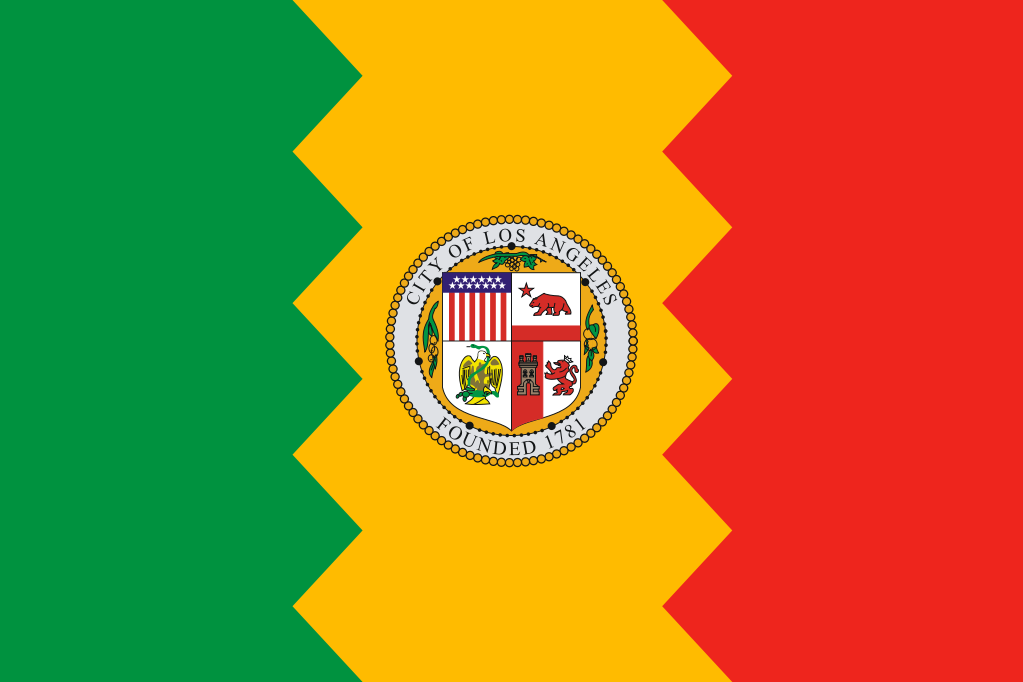

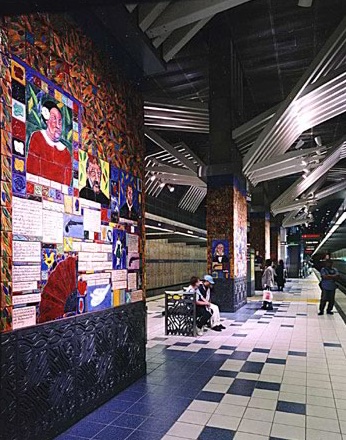
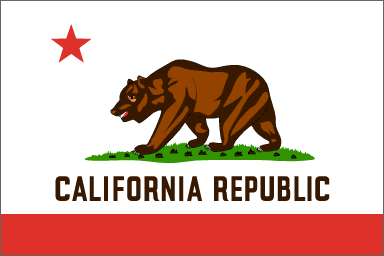
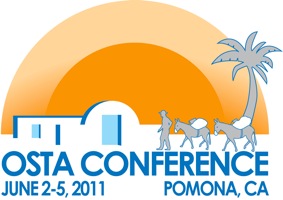

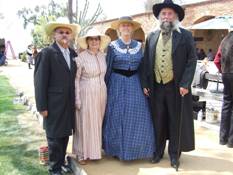
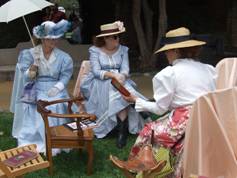

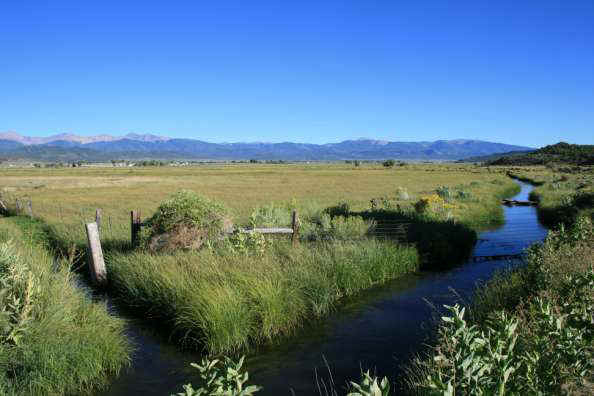
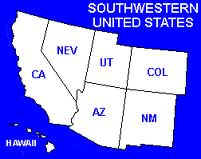
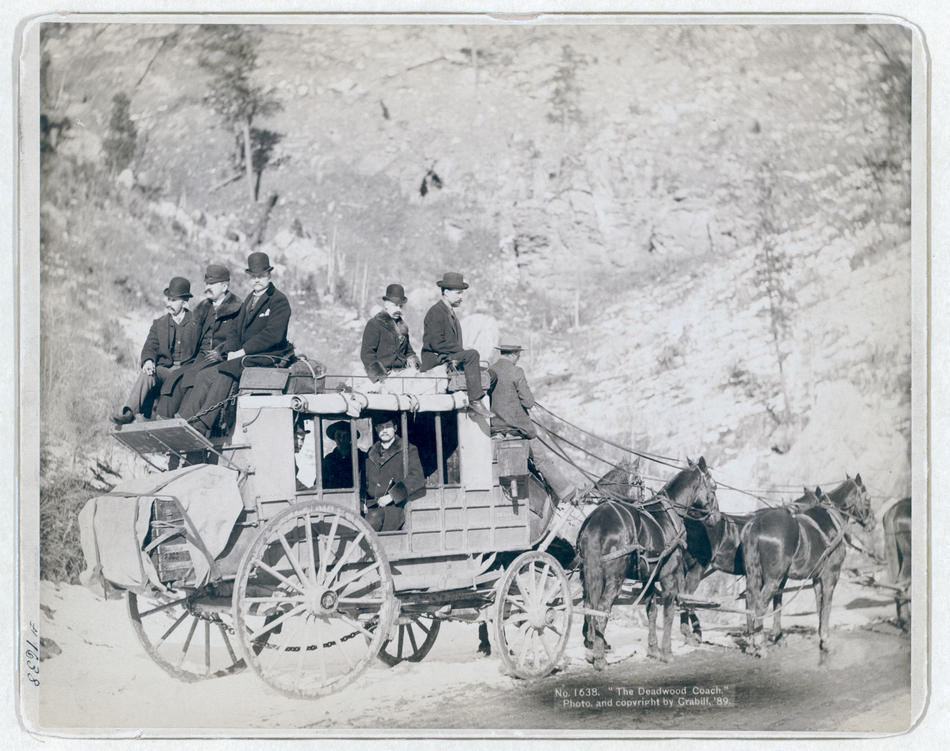
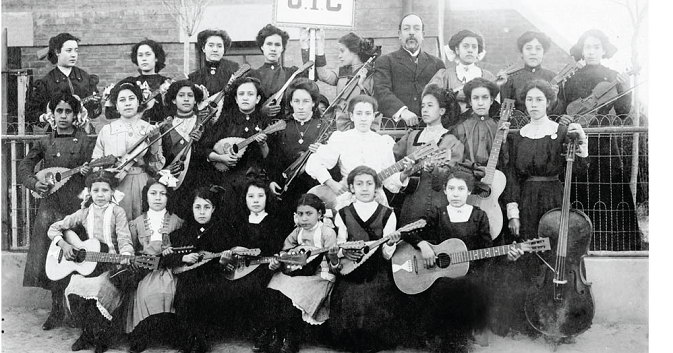
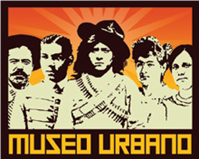
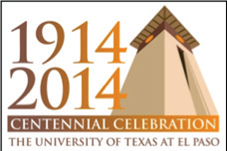
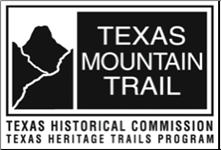


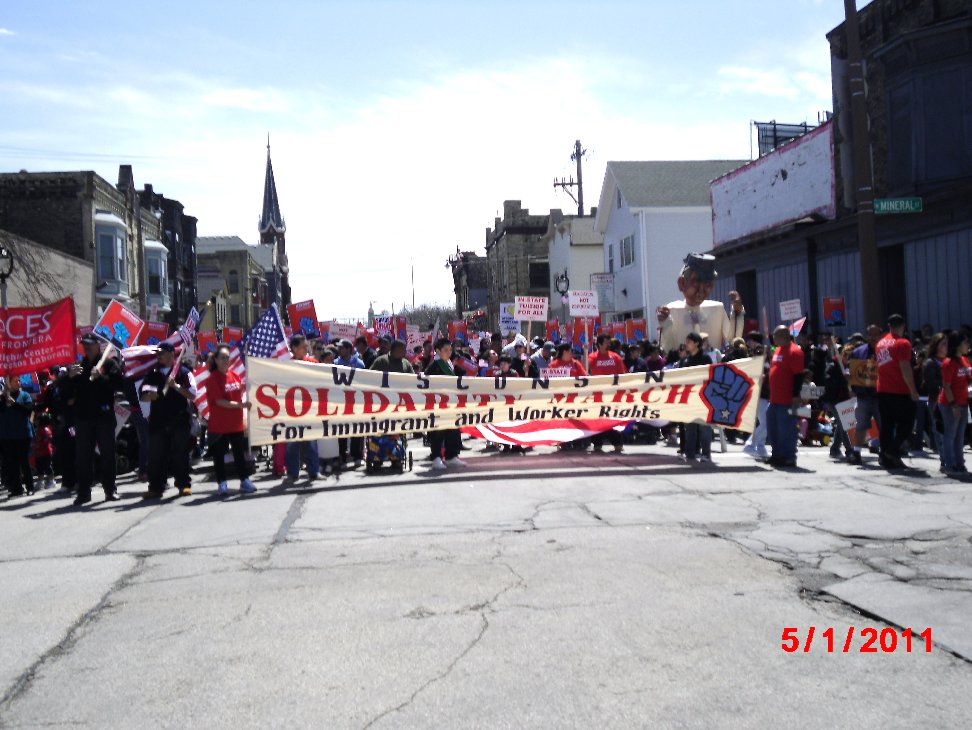
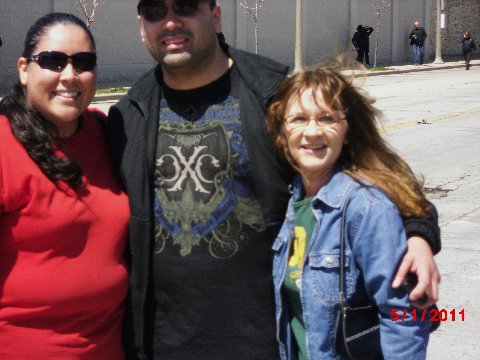 Good
Morning my friend. Wanted to keep you updated on
Good
Morning my friend. Wanted to keep you updated on 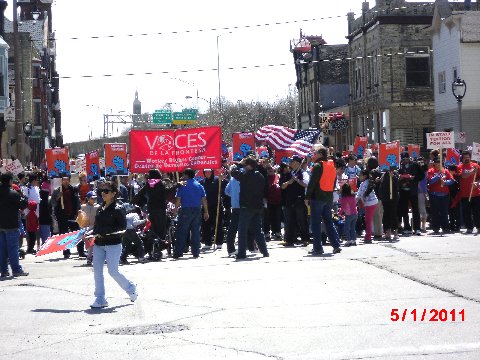
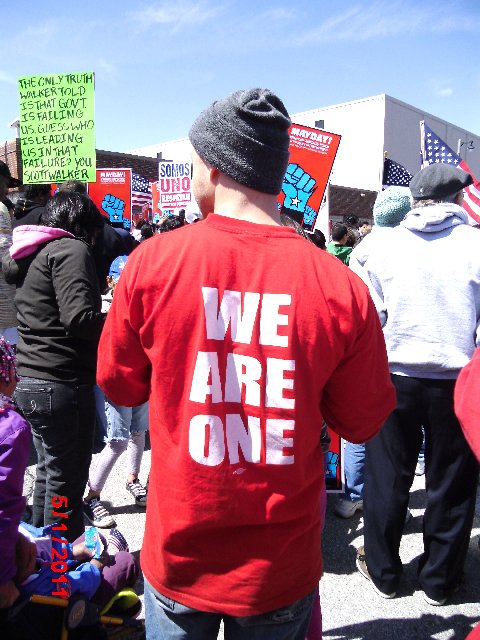
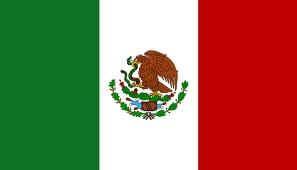
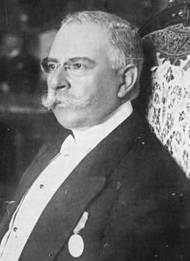
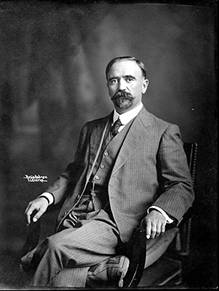

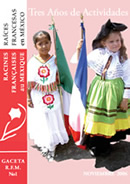
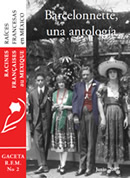
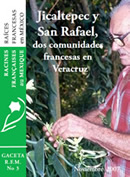
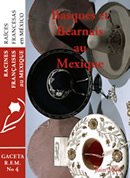
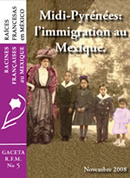


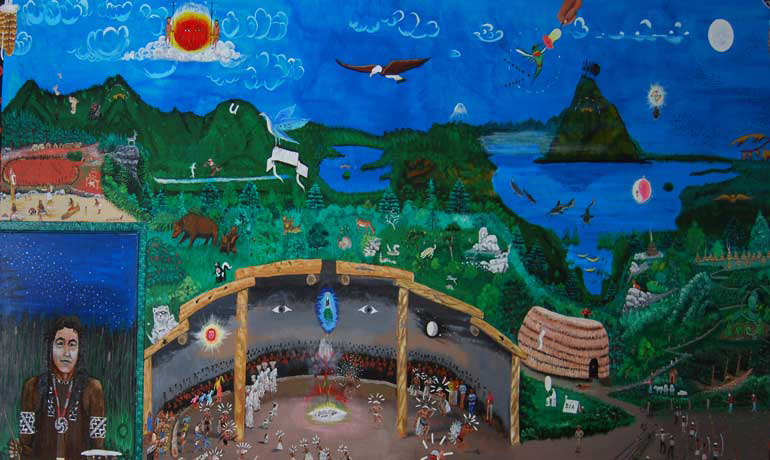
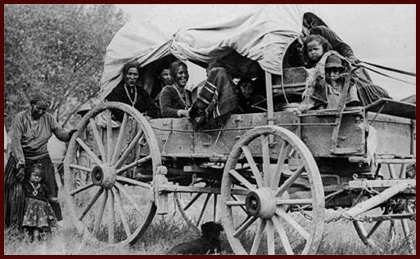
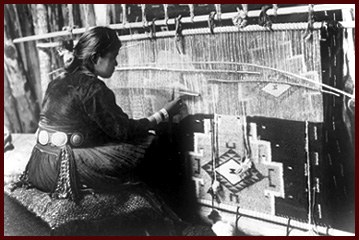
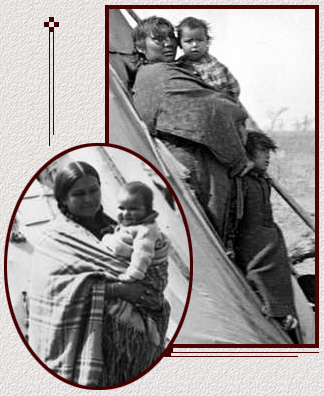
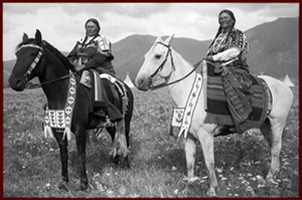
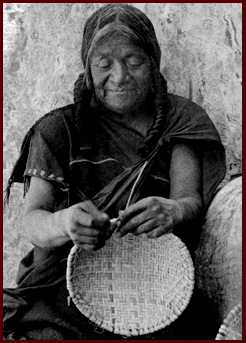
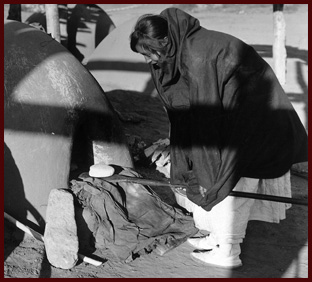
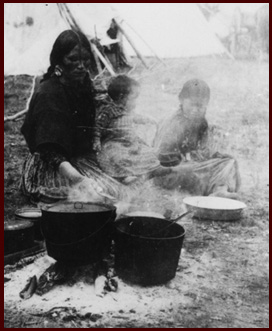
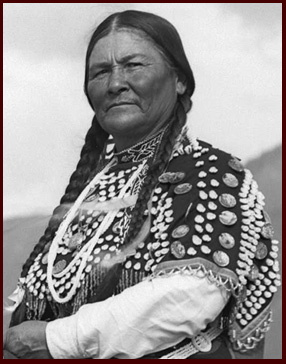
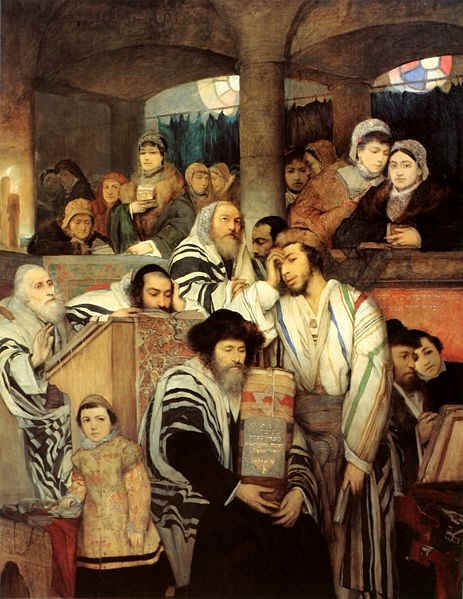
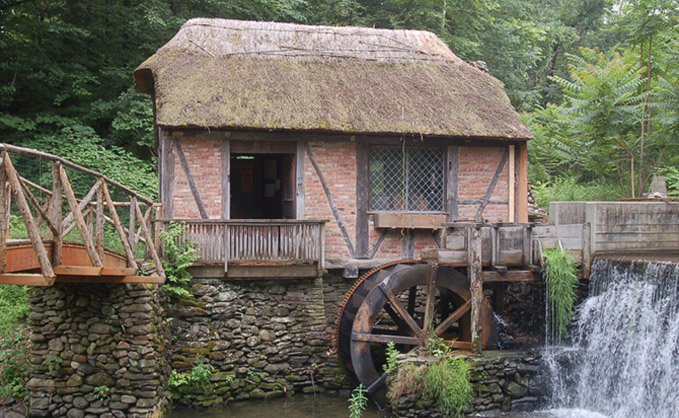
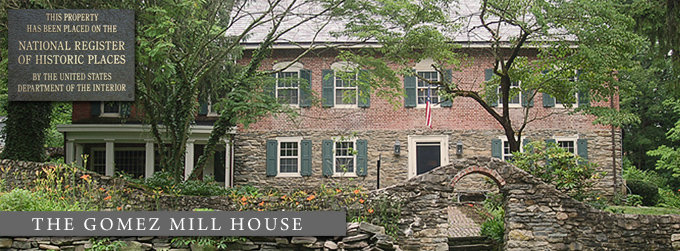

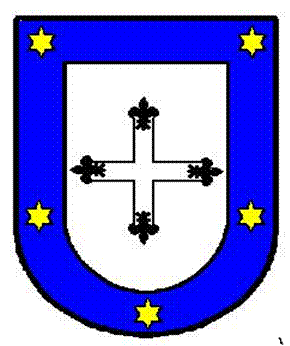
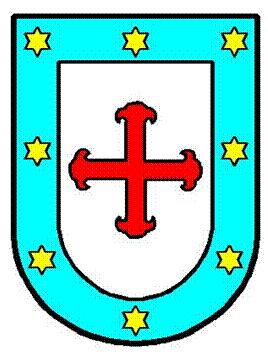
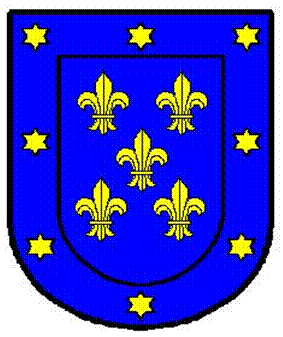
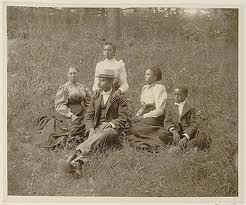

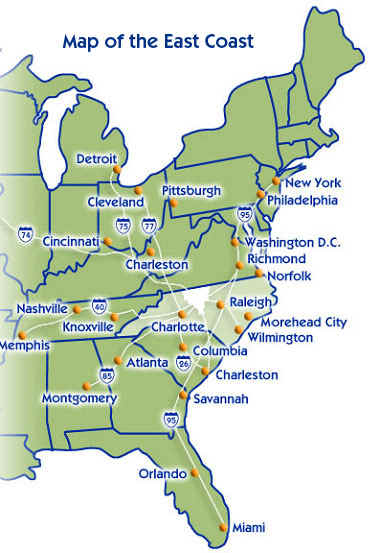

 UCH
MORE THAN A LITTLE HOUSE
UCH
MORE THAN A LITTLE HOUSE